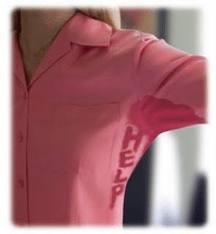Nausea and vomiting are two of the most common symptoms, very often complained about by a number of different people, and this is because these two symptoms can be caused by a whole wealth of different conditions. More often than not, when a person experiences nausea and vomiting, it is because they are experiencing viral gastroenteritis, which is a condition that is often mistakenly referred to as a “stomach flu,” or they are experiencing morning sickness during the earlier weeks of pregnancy.
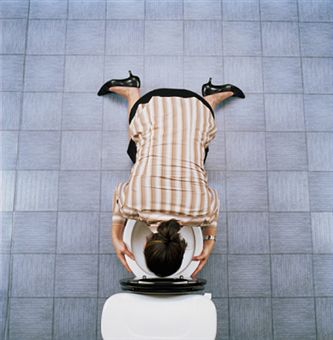
There are many different medications that are known to cause a bout of nausea and vomiting, and it is even possible for general anesthesia used for surgery to cause it. Very rarely do just nausea and vomiting by themselves signal any kind of life-threatening or even serious problems.
Causes of Nausea and Vomiting
It is possible for both nausea and vomiting to happen to a person either individually or in conjunction with one another.
A few of the more common causes include:
- Chemotherapy
- Gastroparesis
- General anesthesia
- Migraine
- Motion sickness
- Overdose on toxic substances, alcohol or illicit substances
- Rotavirus
- Vertigo and
- Viral gastroenteritis (stomach flu).
Some of the other potential causes, though less common, of nausea and vomiting include:
- Addison’s disease
- Alcoholic hepatitis
- Anaphylaxis
- Anorexia nervosa
- Appendicitis
- Benign paroxysmal positional vertigo, or BPPV
- Brain arteriovenous malformation
- Brain hemorrhage
- Brain infarction
- Brain tumor
- Bulimia nervosa
- Congenital adrenal hyperplasia
- Crohn’s disease
- Cyclic vomiting syndrome
- Depression, major (major depression)
- Diabetic ketoacidosis
- Dizziness
- Ear infection in the middle ear
- Food poisoning
- Frontal lobe seizures
- Gallstones
- Generalized anxiety disorder
- Gastroesophageal reflux disease, or GERD
- Head injury
- Heart attack
- Heart failure
- Hirschsprung’s disease
- Hydrocephalus
- Hyperparathyroidism
- Hyperthyroidism, or an overactive thyroid
- Hypoparathyroidism
- Intestinal ischemia
- Intestinal obstruction
- Intracranial hematoma
- Intussusception
- Irritable bowel syndrome
- Kidney failure that is chronic
- Liver cancer
- Liver failure
- Meniere’s disease
- Meningitis
- Milk allergy
- Nonulcer stomach pain
- Pancreatic cancer
- Pancreatitis
- Peptic ulcer
- Porphyria
- Pseudotumor cerebri
- Pyloric stenosis
- Radiation therapy
- Retroperitoneal fibrosis
- Social phobia, or social anxiety disorder
- Stomach obstruction
- Strep throat
- Temporal lobe seizure and
- Traumatic brain injury.
When to See a Doctor
It is vital to immediately seek emergency medical assistance or to call 911 should the nausea and vomiting also be accompanied by any of the following warning signs
- Blurred vision
- Chest pain
- Cold, pale, clammy skin
- Confusion
- Fainting
- Fecal odor or fecal material within the vomit
- High fever with a stiff neck or
- Severe cramping or abdominal pain.
Have someone make the drive to the emergency room should any of the following situations become true
- The nausea and vomiting are being accompanied by some kind of pain or some kind of severe headache, especially if it is a new kind of headache that has never been had before.
- Eating or drinking is not possible for about twelve hours or the child is unable to keep down liquids for about eight hours.
- The symptoms or signs of dehydration are occurring, such as infrequent urination, dry mouth, excessive thirst, dizziness, dark colored urine, weakness or lightheadedness upon standing up.
- The vomit resembles coffee grounds, has blood in it or is green.
Call the doctor and make an appoint if any of these circumstances should arise
- The vomiting has recurred for longer than two days in adults, over 24 hours for children under the age of two or over 12 hours for young infants.
- The instances of nausea and vomiting have recurred for longer than a month.
- Unexplained weight loss is experienced and accompanies the bouts of nausea and vomiting.
- Preparing for the Appointment with the Doctor
- When first making an appointment with the doctor, he or she may be the family doctor or be a general practitioner. However, in some instances, when a person calls the office in order to set up an appointment, the person may immediately be referred to an ENT specialist, who is a doctor specializing in disorders that occur within the ear, nose and throat.
- Because the amount of time spent in appointments have a tendency to be shortened and brief, and because there is usually a wealth of ground that must be covered, it is recommended to be fully prepared for the appointment. This section serves as a small guide to offer tips in order to better allow a person to be fully prepared for the appointment with the doctor and offer ideas with regards to what they should expect from the doctor.
What Can Be Done
Be aware of any restrictions before the appointment. Whenever calling the doctor to make the appointment, it is important to ask if there is anything that may need to be done in advance before coming in.
Take a notepad and write down all of the experienced symptoms, even if they appear to be unrelated to the reason for which the call is being made in the first place.
Write down a brief, recent life history involving all key information about personal life, which should include recent life changes or any major stresses.
Because the side effects of many different medications may be the cause of the nausea and vomiting, it is important to make a list of the different medications that are being taken, including any supplements or vitamins.
If possible, try to recruit a friend or a family member to tag along. Because there is a wealth of information that might be provided in a single appointment, it might be difficult for one person to take it all in. When another person joins for the appointment, they may be able to help remember or recall things that the patient forgot or did not catch.
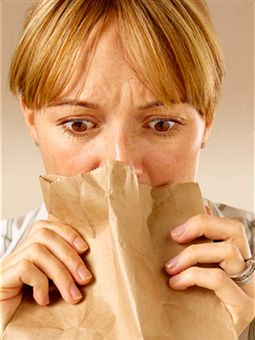
Write down some questions that will be asked to the doctor. Preparing a list of questions, because the time that is to be spent with the doctor is so limited, will make the process go quicker and reserves the rest of the time for more beneficial activities other than thinking of missed questions. When writing down the questions, list them from the more important once to those that are not quite as important, in case time happens to run out. For nausea and vomiting,
Some basic questions that may be asked to the doctor might include:
- What is the most likely cause for the nausea and vomiting?
- Are there any other likely causes for the nausea and vomiting?
- What kind of tests are necessary?
- Is the nausea and vomiting likely to be temporary or chronic?
- What is the recommended course of action?
- What are some of the alternatives to the primary approach that is being suggested?
- These are some other health conditions that are present. How can these conditions and the nausea and vomiting be managed together?
- Are there any restrictions that might need to be followed for the nausea and vomiting?
- Should a specialist be seen? How much will a visit cost and will this kind of insurance cover seeing this specialist?
- Is there any generic alternative to the medication that is currently being prescribed?
- Do any Web sites come recommended regarding the nausea and vomiting? Are there any printed materials, such as brochures, that can be taken home for further reading?
- Do not shy away from taking the time to ask any other questions that come to mind in the event that information is passed that goes by not understood, in addition to the questions that have already been prepared to ask the doctor.
What to Expect From the Doctor
The doctor will probably also have a list of questions to ask, so be prepared to answer them so that more time can be reserved to go over points that may require more time before the information is understood.
The doctor may wish to ask some of the following
- When did the nausea or vomiting begin to happen?
- Has the nausea or vomiting been a continuous experience or occasional?
- How severe is the nausea and vomiting?
- If anything, what appears to improve the symptoms?
- If anything, what seems to worsen the symptoms?
- Any allergies or a cold?
- Treatment Options for Nausea and Vomiting
There is no actual cure for nausea and vomiting, though it is possible to soothe the symptoms and try to ease the nausea so that vomiting does not occur.
These self-care measures can be done in an attempt to feel better and to subside the nausea:
- Try to take it easy. When a person undergoes too much activity and does not get enough rest at night, it can make nausea much worse.
- Always stay hydrated. Vomiting can lead to dehydration rapidly, and drinking large sips can trigger nausea as well. To remedy this, take small sips of clear, cold, sour or carbonated drinks, such as lemonade, ginger ale or water. Another helpful drink may be mint tea.
- Try to avoid coming into contact with strong odors and other similar triggers. Cooking and food smells, smoke, perfume, heat, humidity, stuffy rooms, driving and flickering lights are all among the possible triggers for nausea and vomiting.
- Eat bland foods. In the same way that strong odors can trigger nausea and vomiting, too complex a taste can do the same. Start off by taking in foods that can easily be digested, such as crackers, gelatin and test. When these can be kept down with ease, try to graduate to rice, cereal, fruit, salty foods or foods high in carbohydrates or high in protein. Try not to eat foods at are fattening or spicy. Try not to eat solid foods until six hours have passed since the last instance of vomiting.
- Over the counter medications that treat motion sickness may be helpful, as well. For those who are planning to go on a trip, there are some over the counter motion sickness drugs, including Bonine and Dramamine, that can be helpful for calming the queasy stomach on a trip. When going on a longer journey, such as on a cruise, the doctor should be contacted for requesting information on prescription patches for motion sickness.
- If the nausea and vomiting is due to pregnancy, try to nibble on a few crackers, preferably unsalted, prior to getting out of bed in the morning.

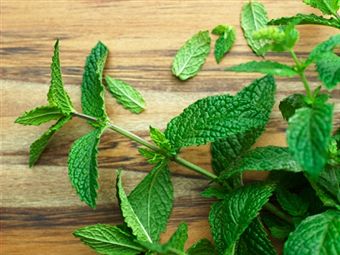

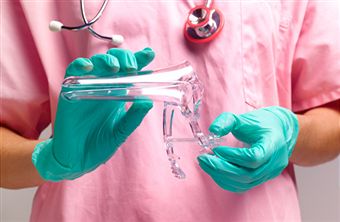
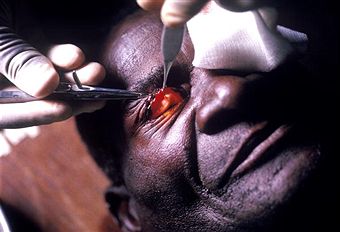


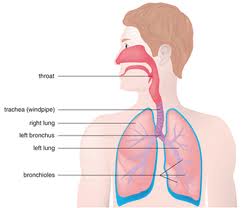
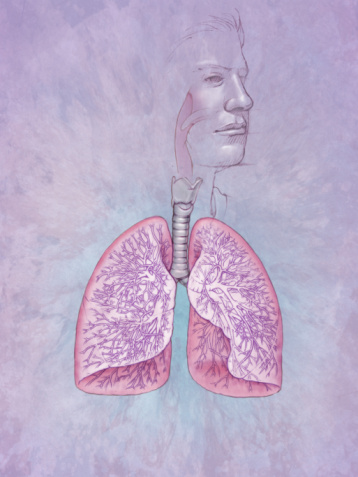
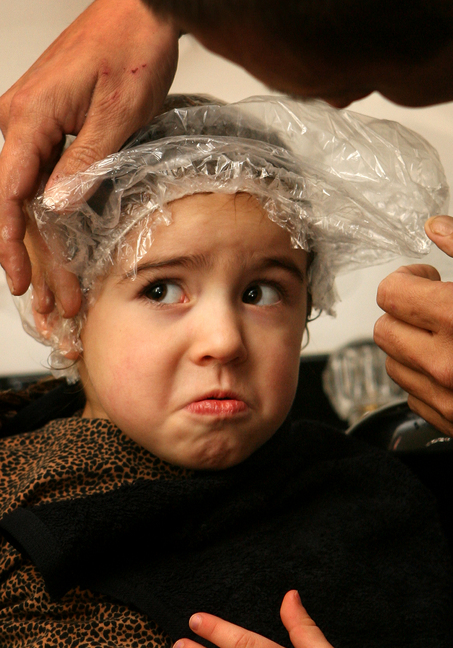
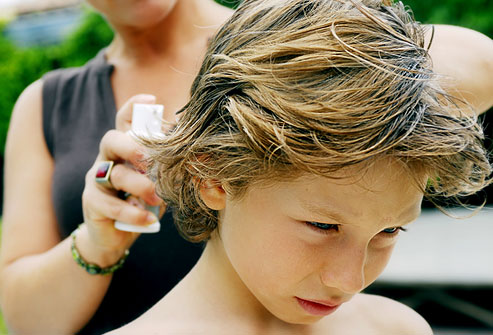
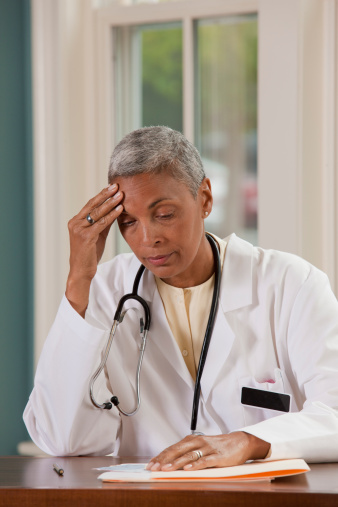
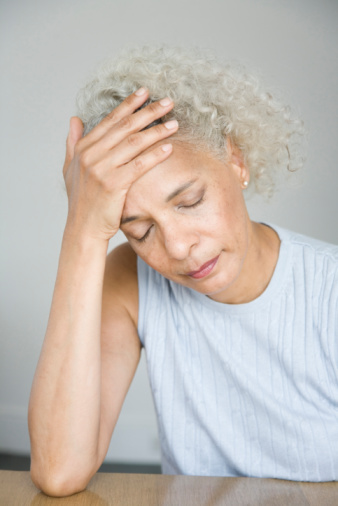
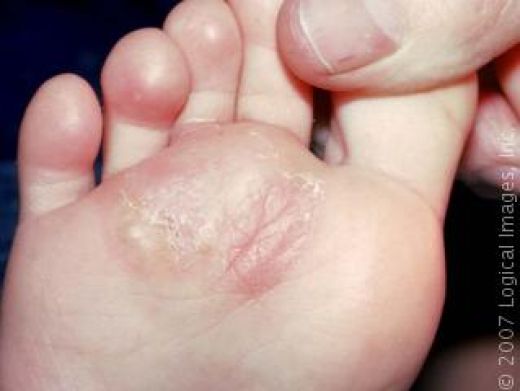
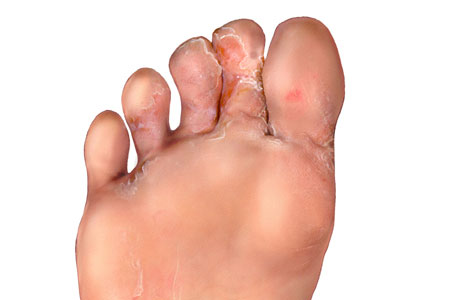
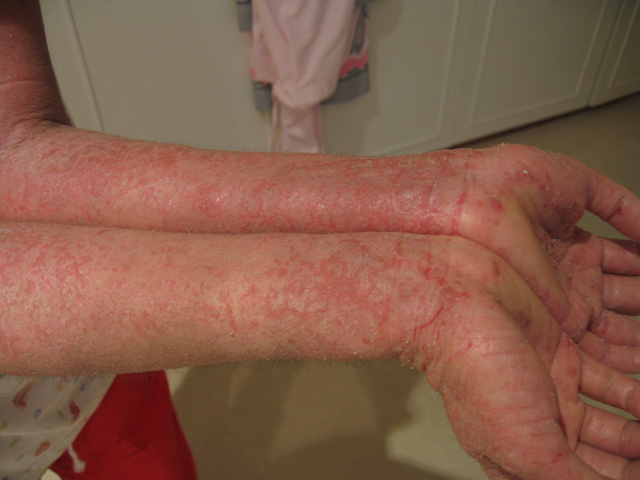
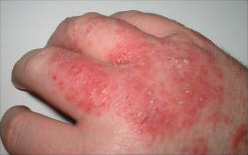
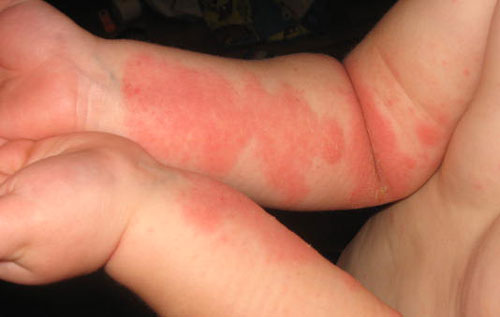
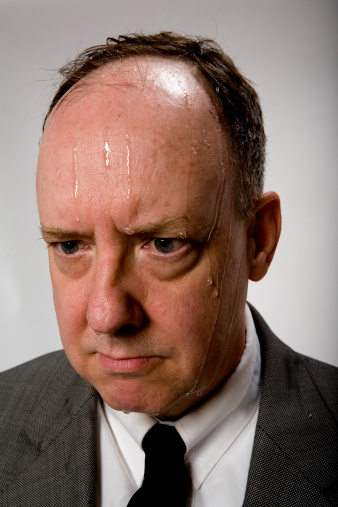 Remedies for Hyperhidrosis
Remedies for Hyperhidrosis